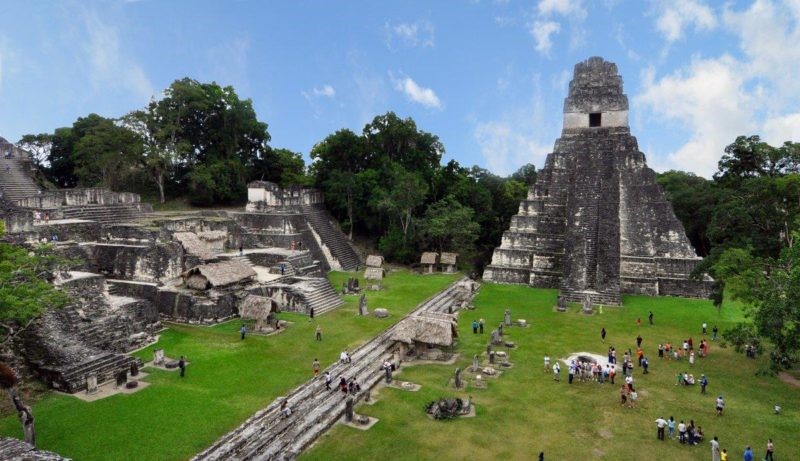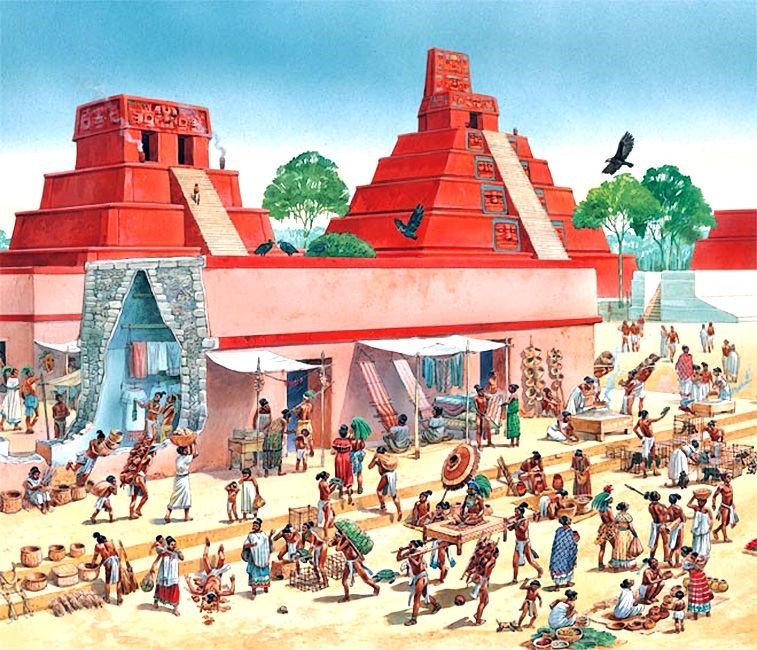“History doesn’t repeat itself, but it often rhymes” – Mark Twain
A recent story aired on NPR described the water filtration systems deployed by the people in the Mayan city of Tikal. It was one of the largest and most important cities in this successful, long-lived civilization that grew and thrived for nearly 2,000 years.

Although there was no surface water source for the city, they constructed a system of reservoirs surrounding the city that captured water flowing from the stone plazas in the center of town. They even treated that stormwater before it entered the reservoirs by filtering it through a medium of zeolite and sand mined from 30 miles away.

Archeologists have speculated about why the Mayan civilization collapsed and thought climate change might have caused the reservoirs to dry up. However, recent discoveries show that the filters were contaminated with mercury. The origin of the mercury was the vermillion-colored paint that was used on the buildings in the city. The filtration system would have had to be changed frequently to keep up. Blue-green algae also appeared in the reservoirs. Algae growth is spurred by warm water and nutrients and may have been a by-product of the conversion of large tracts of rain forest to farm fields in order to feed the growing population. It is difficult to piece together all of the potential pressures at play, but this recent evidence or mercury contamination is hard to refute.
It is hard to imagine how a highly technological civilization crashed because they polluted their own water.
Or is it?
– Carrie Jennings, Research and Policy Director
Learn about the current water contamination issues we face with global pharmaceutical pollution at our Earth Day Moos Family Speaker Series Webinar featuring Dr. Alistair Boxall, Professor in Environmental Science in the Department of Environment and Geography, University of York, U.K.
This serves as a powerful parable.